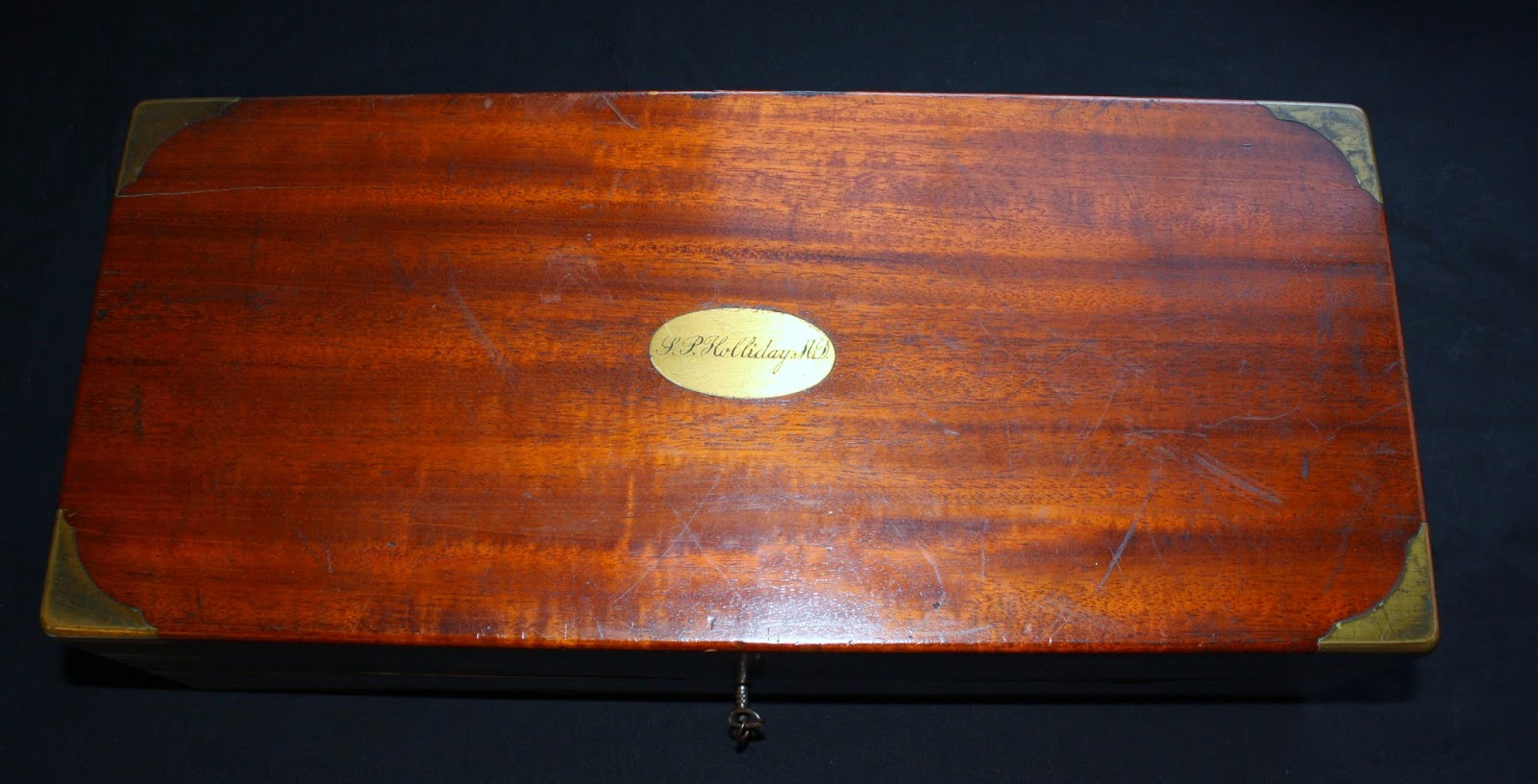Last
Thursday it was once again time for the annual “History Days” at the Harry
Grove Stadium here in Frederick. For those of you not familiar with Frederick,
this is the home stadium for the Frederick Keys, a minor league baseball team
for the Baltimore Orioles. Groups of
local school children come here to learn more about history at the various
booths set up inside the stadium. They
also get to watch the baseball game.
As you
may suspect, the staff here at the National Museum of Civil War Medicine is
always happy to participate in this event!
You can see why in some posts about previous History Days here and here.
 |
| The musket firing demonstration is always popular with the crowd! This year, Tom got to do the honors. |
 |
| Kyle got to throw out the first pitch, and to keep the ball! If you’ve read some of my other posts, you’ll know that baseball was a popular game with Civil War soldiers. |
If you
are wondering why Frederick’s baseball team is called the Keys, you might
remember that the author of our National Anthem is Francis Scott Key. He just happened to be born in Frederick
County, and to practice law in the city of Frederick. Maryland is full of tributes to him,
including a Francis Scott Key Highway, two Francis Scott Key bridges, a Francis
Scott Key shopping mall, and a Francis Scott Key High School!
 |
| The Mount Olivet Cemetery, which is just across the street from the stadium, is the final resting place of Francis Scott Key. |
Key has somewhat
of a Civil War connection as well. His
son, Philip Barton Key II, was shot and killed by Daniel Sickles, after it was
learned that Key (the son) was having an affair with Sickles’ wife. Though at the time Sickles was a U.S.
Congressman, he later became a general in the Civil War. In another interesting bit of trivia, Daniel Sickles
was acquitted of this murder in the first use of the temporary insanity defense
in the United States!















